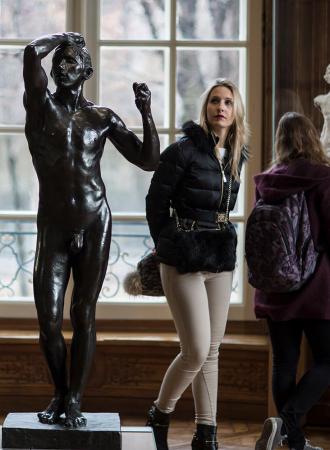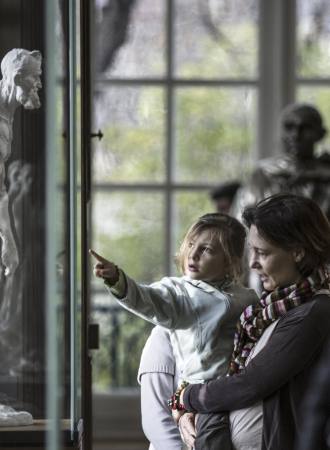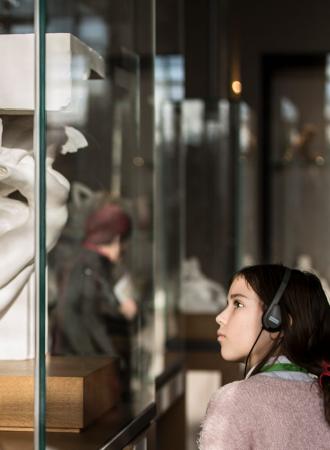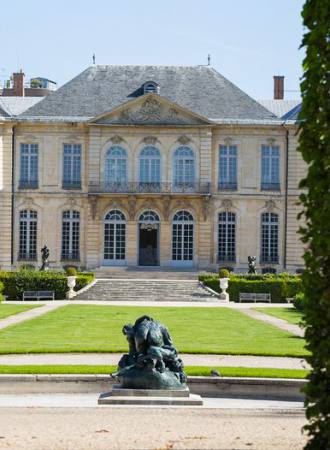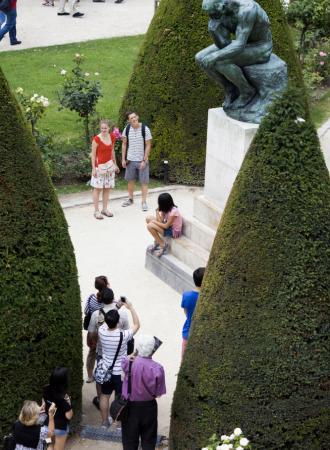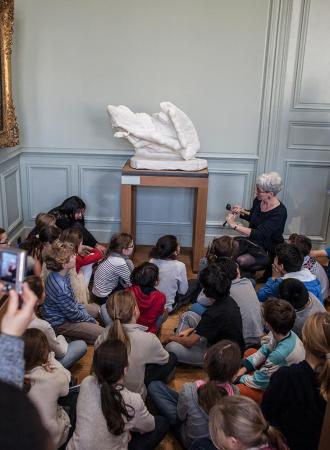The first of the moderns
On the cusp of a new century and a new era, Auguste Rodin revolutionized the history of sculpture. His entire oeuvre is a lesson in modernity, achieved by skillfully distancing himself from tradition and transgressing the laws of aesthetics. Through constant study and experimentation, his unrivaled production clearly paved the way for the art of the twentieth century.
Focus on the human figure
The human figure formed the backbone of Rodin’s artistic research in both drawing and sculpture. The female body fueled his creativity, prompted his most daring research and inspired the unprecedented audacity of his work. This is illustrated by Iris, Messenger of the Gods, who boldly displays her sex in a pose that screams of life and truth. The female figures in Rodin’s drawings on paper are depicted in moments of intimate pleasure and unbridled ecstasy.
The power of change
Rodin did not hesitate to transgress aesthetic norms in order to enhance the suggestive power of his fragmented, rough, uneven sculptures. This signaled the emergence of a new sculptural style. He progressively intellectualized his creative approach, thereby expanding his artistic perspectives.
His interest in antiquity led him to increasingly pare down his sculpture. Reduced to a torso, the Young Woman with Arched Back resembles an archaeological find.
Towards the end of his career, Rodin turned his attention to enlargement, which allowed him to emphasize his intentions and intensify the effects of the material. Enlarged and fragmented, the figure of a damned woman originally intended for The Gates of Hell became the work entitled Meditation―the culmination of his aesthetic ideal. Rodin became particularly fond of this piece and used it in several of his compositions.
Challenging the traditional public monument, the Monument to Balzac can be seen as a manifesto of pre-abstract modern art.
Finally, Rodin paved the way for the next generation of sculptors with his figure of The Walking Man. Although the figure has neither head nor arms, the overall vigor of his stride is what makes the strongest impression on the viewer.










